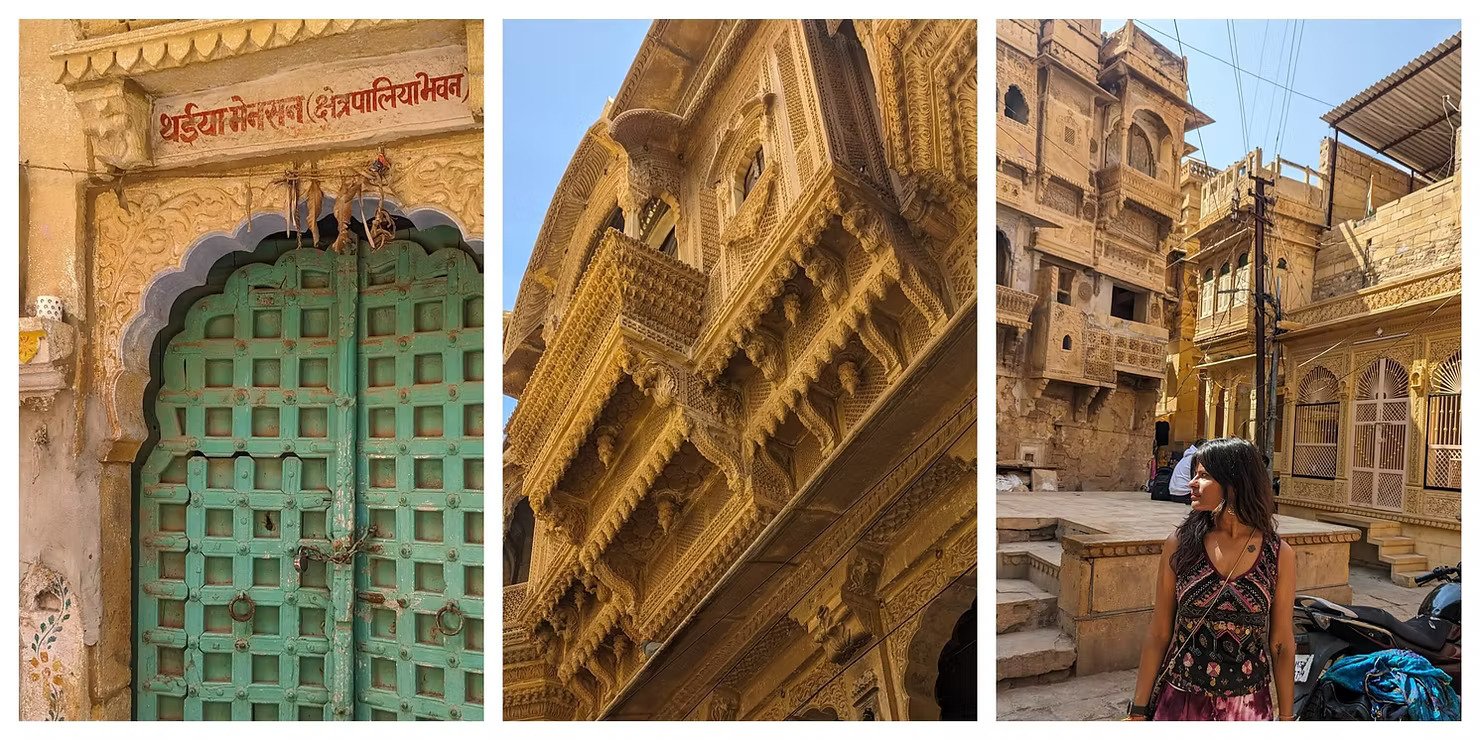Tucked away in the Shekhawati region of Rajasthan, Mandawa is a destination that whispers stories of royal grandeur, artistic legacy, and cultural richness without the clamorous crowds of mainstream tourist hubs. It’s a place where time slows down and traditions continue to thrive untouched. For those looking to step off the well-trodden path, this charming town offers a unique blend of heritage and serenity. Whether you’re a culture enthusiast, an architecture lover, or a history buff, Mandawa promises an immersive journey. And with carefully curated Mandawa Tour Packages, travelers can explore this hidden gem with depth and authenticity.
A Living Canvas of Frescoes and Havelis
Mandawa is famously called the “Open-Air Art Gallery of Rajasthan,” and for good reason. The town is home to dozens of elaborately painted havelis—traditional mansions that are adorned with vibrant frescoes dating back to the 18th and 19th centuries. Each fresco tells a story—mythological tales, scenes from daily life, British colonial influences, and even whimsical touches like images of modern technology painted in a bygone era.
These havelis are not just tourist attractions; they are historical archives etched on walls. The Gulab Rai Ladia Haveli, Goenka Haveli, and Murmuria Haveli are just a few must-visits that showcase the artistic brilliance of this region. The richness and detail in their architecture reflect not only the wealth of the merchants who commissioned them but also the deep cultural underpinnings of Shekhawati.
Authentic Experiences Without Tourist Crowds
One of Mandawa’s biggest draws is its tranquility. Unlike more commercialized destinations like Jaipur or Udaipur, Mandawa offers solitude that enhances your travel experience. You can wander through narrow lanes, converse with local artisans, and enjoy meals in rustic courtyards without the distraction of overcrowding.
This makes Mandawa ideal for experiential travel. Whether you’re sipping chai with a local family or exploring an abandoned haveli at your own pace, the authenticity of these encounters adds meaning to the journey. It’s precisely these slow, rich interactions that make Mandawa a key highlight on any well-crafted Rajasthan Off-beat Tour.
Discovering Mandawa’s Cultural Legacy
Culture in Mandawa is not merely preserved in buildings—it’s alive in the daily lives of its residents. Folk music, local cuisine, and traditional crafts form the living heritage of this small town. Attending a local fair or market gives travelers insight into the customs that shape the region.
Handicrafts in Mandawa also reflect its artistic soul. From tie-and-dye fabrics and lac bangles to leather goods and hand-painted items, shopping here supports local artisans and keeps centuries-old crafts alive. Additionally, the influence of Rajput and Mughal art is visible not only in architecture but also in textiles and artifacts found in Mandawa’s boutiques and museums.
Local Cuisine with Authentic Flavors
Food is an integral part of experiencing Mandawa. The local cuisine offers hearty, rustic dishes that echo the simplicity and richness of rural Rajasthan. Think ker sangri, dal baati churma, and gatte ki sabzi—flavored with regional spices and slow-cooked for depth.
Dining in Mandawa often comes with a view: many rooftop restaurants are located in restored havelis, offering panoramic sights of the town’s skyline dotted with minarets and domes. These meals go beyond nourishment—they are cultural experiences in themselves.
Ideal for Photography and Artistic Inspiration
Whether you’re a professional photographer, a painter, or just a traveler with an eye for detail, Mandawa provides endless inspiration. The play of sunlight on faded frescoes, the ornate jharokhas (windows), and the dusty streets bathed in golden hour hues create a palette that ignites creativity.
The lack of modern clutter makes Mandawa perfect for uninterrupted photo shoots, sketching sessions, or even writing retreats. Here, the silence speaks volumes, and beauty reveals itself in layers.
Mandawa as a Gateway to Shekhawati
Mandawa’s strategic location also makes it an excellent base for exploring other towns in the Shekhawati region. Towns like Nawalgarh, Jhunjhunu, and Fatehpur are just a short drive away and are equally rich in frescoes, heritage structures, and cultural depth.
This cluster of Shekhawati towns offers a cohesive offbeat travel circuit—perfect for those seeking deeper engagement with Rajasthan’s rural elegance and legacy. Exploring this region through a reputed Tour Operator in Rajasthan ensures you don’t miss hidden gems and untold stories.
Sustainable and Community-Based Tourism
In an era of responsible travel, Mandawa aligns perfectly with sustainable tourism values. The town’s slower pace allows visitors to be mindful of their impact, and many initiatives support community-based tourism. Whether it’s a stay in a restored haveli or a guided walk by a local historian, tourism here often translates into economic support for residents.
Opting for eco-friendly accommodations, buying directly from artisans, and respecting local traditions are simple yet impactful ways to ensure that your journey contributes positively to Mandawa’s cultural and economic ecosystem.
Best Time to Visit and Travel Tips
Mandawa is best visited between October and March when the weather is pleasant and ideal for walking tours. The summer months can be extremely hot, and many outdoor attractions are difficult to enjoy in peak heat.
Travel Tips:
- Wear comfortable walking shoes; the town is best explored on foot.
- Engage local guides for historical insights into frescoes and monuments.
- Always seek permission before photographing people or private residences.
- Try local dishes from traditional kitchens for an authentic culinary experience.
Final Thoughts
Mandawa is not just a destination; it’s an experience that brings together art, history, and culture in a compact, unspoiled setting. For travelers who crave depth over checklists, authenticity over appearances, and storytelling over sightseeing, Mandawa is a sanctuary.
It invites you to connect—not only with a place but with a time, a people, and a heritage that continues to live and breathe through its colors, textures, and tales.




